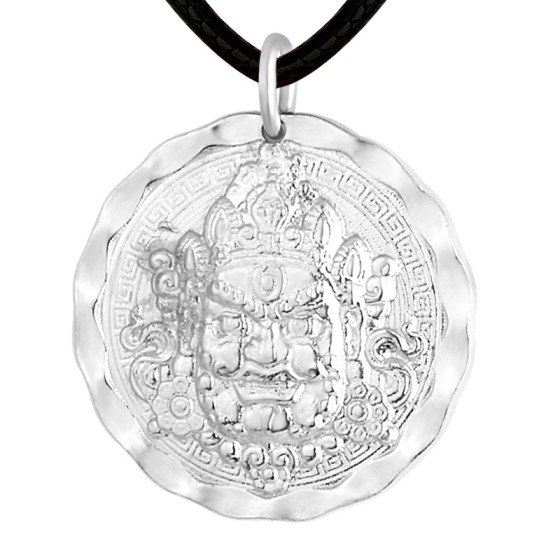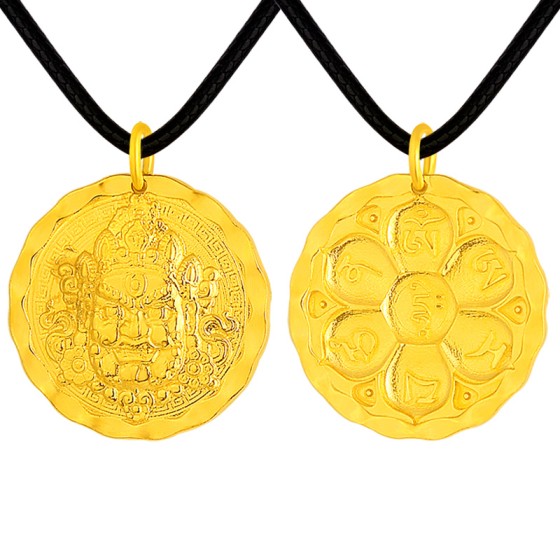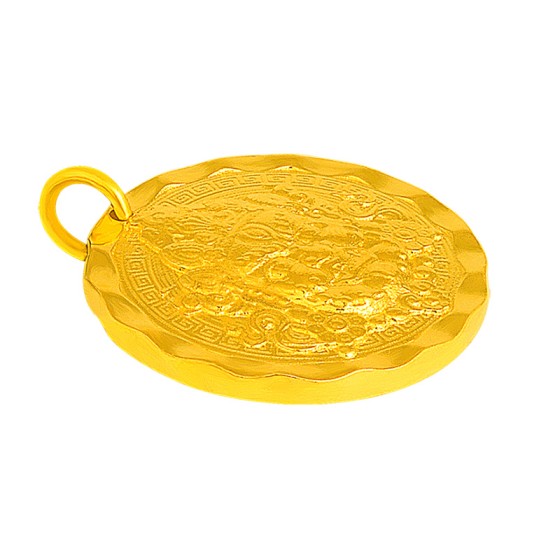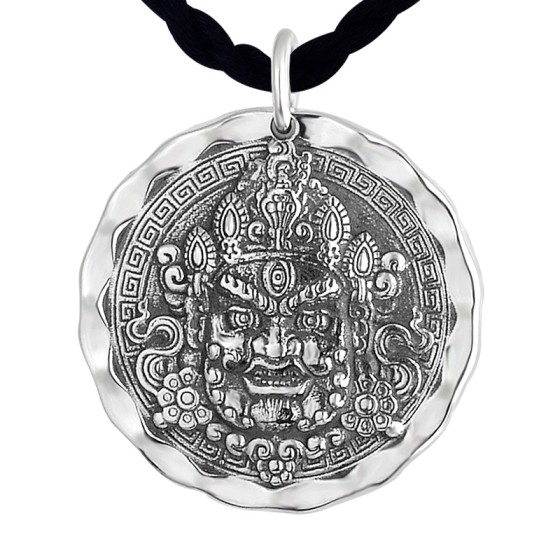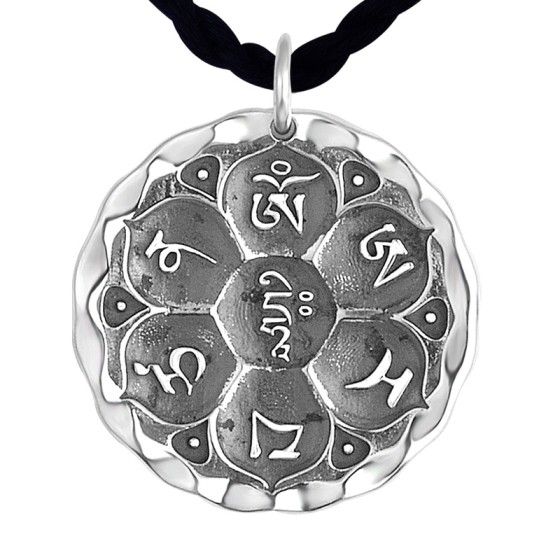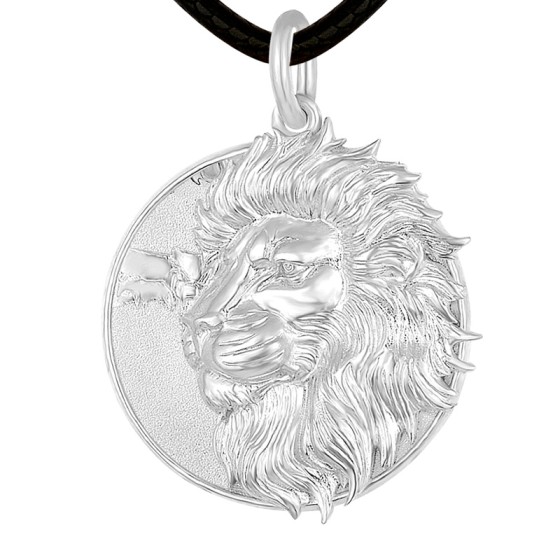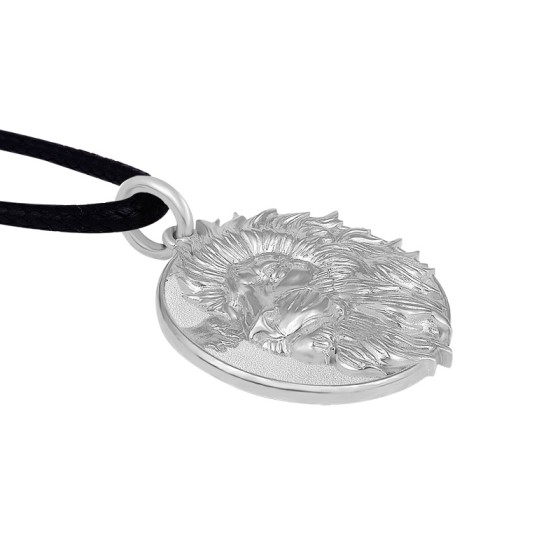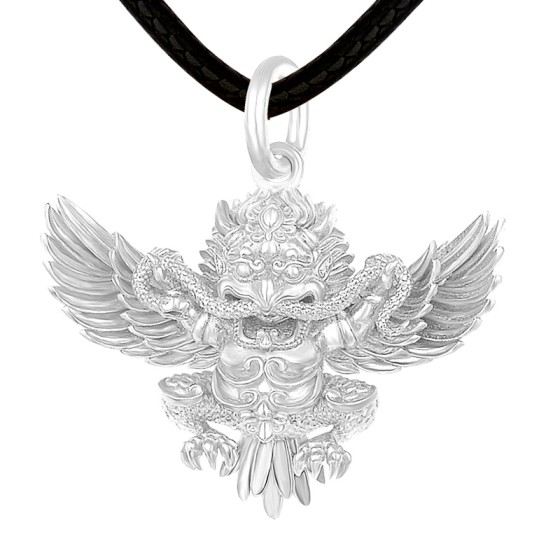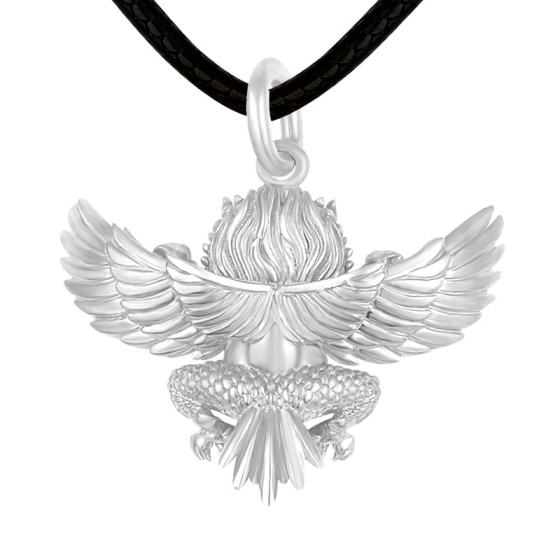The Hexagram (Six-Pointed Star)
The Hexagram (Six-Pointed Star) – 18 Powerful and Profound Meanings
The hexagram, also known as the six-pointed star, is an ancient and powerful symbol found across various cultures, religions, and civilizations. In Judaism, it is known as the Star of David; in Hinduism, it is called Shatkona; and in Islam, it is referred to as Solomon’s Seal.
One of the oldest examples of this symbol was discovered in the temple of Heliopolis, Egypt, over 2000 years ago. It has adorned Indian temples, ancient churches, synagogues, and even Shinto shrines dating back to the 5th century BC. But what makes this symbol so widespread and significant?
In this article, we will explore the 18 profound meanings associated with the six-pointed star and the deep symbolic significance it carries across time and cultures.
Table of Contents
- How to Draw a Hexagram
- The Single-Cursal Hexagram – A Unique Variation
- The 18 Symbolic Meanings of the Hexagram
- As Above, So Below
- Balance and Harmony
- Duality and Unity
- Creation and Innovative Energy
- Interconnection Between Spiritual and Material Worlds
- Yin and Yang
- Infinity and Eternal Life
- Hindu Yantras and Raising Consciousness
- 3D Merkabah – Light, Body, and Spirit
- The Hexagram in Seed of Life, Flower of Life, and Metatron’s Cube
- The Four Elements in Alchemy
- Connection with the Code 369 and Higher Awareness
- The Hexagram and the Heart Chakra – Self-Awareness, Self-Love, and Positive Relationships
- Meditation and Moksha
- The Seven Days of the Week
- The Seven Alchemical Planets and Metals
- Protection and Positive Energies
- The Single-Cursal Hexagram – Unity, Balance, and the Cyclic Nature of Life
1. How to Draw a Hexagram
A standard hexagram consists of two overlapping equilateral triangles: one pointing upward and the other downward, sharing a common center point.
Drawing Method:
- Begin with a regular hexagon.
- Connect every second vertex to form the first upward-pointing triangle.
- Then connect the remaining vertices to form the downward-pointing triangle.
- This shape is also known as the 6/2 star or second-order hexagram.
Alternatively, you can draw two equilateral triangles — one upright and one inverted — and superimpose them so that their centers align.
2. The Single-Cursal Hexagram – A Unique Variation
In addition to the standard hexagram, there is a special variation called the single-cursal hexagram. Its uniqueness lies in the fact that it can be drawn in one continuous stroke without lifting the pen.
This form is often used in ritual magic, meditation practices, and alchemy, symbolizing unity, infinity, protection, and the cyclical nature of life.
3. The 18 Profound Symbolic Meanings of the Hexagram
1. As Above, So Below
The hexagram represents the principle of correspondence between the macrocosm (the universe) and the microcosm (the individual).
- The upward-pointing triangle symbolizes the spiritual realm (macrocosm).
- The downward-pointing triangle symbolizes the material world (microcosm).
This principle suggests that everything in the universe is deeply interconnected: the whole exists within its parts, and the parts exist within the whole. Understanding yourself can help you understand the cosmos, because the divine or source energy exists within all physical forms — and vice versa.
For example:
- The human body contains over a trillion cells, each containing the intelligence to build the entire body.
- The golden ratio (Phi) appears both in the human body and in natural patterns.
This concept is closely related to the Eastern philosophy of Yin and Yang, and contemplating it can itself be a meditative practice.
2. Balance and Harmony
The hexagram symbolizes harmony and balance between opposing polarities or dimensions of existence.
It emphasizes the importance of achieving balance in your life, particularly between:
- Your higher self and lower self,
- Your spiritual and material nature,
- Your conscious and subconscious mind,
- Your thoughts and emotions.
Achieving this balance is key to unlocking your full potential.
3. Duality and Unity (Dvaita and Advaita)
The hexagram represents the concepts of duality (Dvaita) and oneness (Advaita).
All existence originates from a single source, but to manifest in the physical realm, it must divide into two opposing forces. The interaction between these forces is the foundation of creation.
- The two triangles represent these contrasting energies,
- Their intersection forms the central hexagon, representing creation,
- And the central point symbolizes the origin of all things.
4. Creation and Innovative Energy
As previously discussed, the hexagram is a strong symbol of creation.
- The upward triangle represents the spiritual or unmanifested domain,
- The downward triangle depicts the material or manifested world,
The harmonious balance between these two aspects is the key to all creation.
In Christianity:
The hexagram is sometimes called the Star of the Creator, symbolizing the seven days of creation. According to the Bible, God created the world in six days and rested on the seventh. The six points of the star represent the six days of creation, while the central point formed by the intersecting triangles represents the seventh day — the Sabbath.
In Hinduism:
The hexagram (known as Shatkona) symbolizes the union of divine masculine and feminine energies.
- The god Shiva (represented by the upward triangle),
- The goddess Shakti (represented by the downward triangle),
According to tradition, Shiva has five heads, each representing one of the five elements (fire, water, air, earth, and ether). Goddess Parvati or Shakti symbolizes supreme consciousness. Their son, Lord Kartikeya, is said to have six heads — the five elements plus Shakti or pure consciousness. He is capable of perceiving all six directions — east, west, north, south, up (heaven), and down (earth).
5. Interconnection Between the Spiritual and Material Worlds
The hexagram symbolizes the profound interplay between the spiritual and material realms. The material world only becomes alive when infused with spirit. Therefore, the union of spirit and matter is the basis of all existence.
-
The upward triangle’s three points represent the Christian concept of the Trinity: Father, Son, and Holy Spirit.
-
The downward triangle symbolizes thought, body, and spirit — the foundations of earthly life.
-
Father and Mind: In the Christian Trinity, the Father is the source of all creation, just as the mind is the origin of all thoughts and ideas.
-
Son and Body: Jesus Christ, the Son, embodies God's will in physical form — just as our bodies carry out the wishes and will of our minds.
-
Holy Spirit and Soul: The Holy Spirit is the inspiring and motivating force, often seen as God's presence in the world. This is similar to our inner soul, which drives us, gives us purpose, and connects us to something greater than our material existence.
6. Yin and Yang
If you observe carefully, you’ll notice that in the Yin-Yang symbol, Yin contains a part of Yang, and Yang contains a part of Yin. This means that each opposing polarity inherently contains the essence of its counterpart.
Representing Yin-Yang through the Hexagram:
- If you draw three lines connecting the vertices of a triangle to the midpoints of the opposite sides, they intersect at the center.
- By connecting the midpoints of all three sides (labeled a, b, and c), a smaller triangle pointing in the opposite direction is formed.
- For example, if you start with an upward-pointing triangle, the new smaller triangle will point downward.
Both triangles (larger and smaller) share the same center, illustrating the concept that Yin exists within Yang, and vice versa.
When the two main triangles are combined with aligned centers, a smaller hexagram forms inside the larger triangle — remarkably similar to the Yin-Yang symbol.
Interestingly, the hexagram also exists within the Yin-Yang symbol, as shown below.
Moreover, the hexagram appears in other sacred geometric symbols such as the Seed of Life, Flower of Life, and Metatron’s Cube, which we will explore later.
7. Infinity and Eternal Life
Continuing from the above, if you keep connecting the midpoints of the inner triangle’s sides, a series of progressively smaller hexagrams can be formed — continuing infinitely.
Thus, the hexagram also represents the concept of infinity and the eternal cycle of life.
8. Hindu Yantras and Raising Consciousness
The Lakshmi Yantra features the six-pointed star.
Yantras are sacred Hindu symbols used during prayer and meditation to embody and reach higher states of consciousness. Interestingly, the hexagram frequently appears in many of these Yantras, proving the immense value and power attributed to this symbol.
Some notable Yantras featuring the hexagram include:
- Vishnu Yantra – protects against evil entities and energies.
- Lakshmi Yantra – helps attract wealth, prosperity, and good fortune.
- Sudarshan Yantra – brings luck and removes obstacles.
- Gayatri Yantra – enhances focus and grants great wisdom.
- Nataraja Yantra – elevates creativity and offers protection.
9. 3D Merkabah – Light, Body, and Spirit
Viewing the hexagram in 3D reveals the Merkabah, often depicted as two tetrahedrons rotating in opposite directions.
“Merkabah” consists of three parts:
- Mer – light,
- Ka – spirit,
- Ba – body.
Together, they convey the harmonious union of spirit and body, surrounded by light.
- The upper tetrahedron represents spirit or feminine energy, rotating counterclockwise.
- The lower tetrahedron represents the body or masculine energy, rotating clockwise.
Their interaction creates a balanced energy field and light, symbolizing existence.
Meditation on this symbol is believed to elevate both body and soul to higher spiritual levels. Interestingly, in Hebrew, “Merkabah” translates to “chariot”.
10. The Hexagram in Seed of Life, Flower of Life, and Metatron’s Cube
The hexagram also appears in various sacred geometry symbols related to creation, such as the Seed of Life, Flower of Life, Vesica Piscis, and Metatron’s Cube.
-
The hexagram appears three times in Vesica Piscis, considered the most fundamental symbol of creation.
-
It symbolizes the interconnection of the spiritual and material worlds, the birth of the universe, and the concepts of duality and unity.
-
The hexagram appears three times in the Seed of Life, believed to contain the blueprint of the universe.
-
It also appears three times in the Flower of Life, symbolizing creation, the interconnectedness of all life, and the basic patterns of the universe.
-
The hexagram can be found three times in Metatron’s Cube, said to contain the underlying patterns of reality.
Additionally, the hexagram appears in Egg of Life, Fruit of Life, Grid of Life, Vector Equilibrium, and several other sacred geometric symbols.
11. The Four Elements in Alchemy
The hexagram represents the five elements — air, fire, water, earth, and ether.
- Air and Fire are masculine:
- Air is represented by the upward triangle.
- Fire is represented by the upward triangle with a horizontal line.
- Earth and Water are feminine:
- Earth is represented by the downward triangle.
- Water is represented by the downward triangle with a horizontal line.
- The center represents ether, Akasha, or spirit energy.
Superimposing these individual element symbols results in the Double Hexagram, also known as the Hexagram with Center, as shown below.
Thus, the hexagram embodies the balance and interconnection of all five elements.
12. Connection with the Code 369 and Higher Awareness
Interestingly, the hexagram is connected to the code 369, which relates to creation, manifestation, unity, higher awareness, and source energy.
- Number 3 is represented by a triangle (with 3 vertices), symbolizing awareness of body, mind, and soul — the first step toward higher consciousness.
- Number 6 is represented by the hexagram (2 triangles = 6 vertices), symbolizing the balance between spirituality and materialism — the key to transformation.
- Number 9 is represented by a 9-pointed star made of 3 interlocking triangles (totaling 9 vertices), symbolizing completion or a state of higher awareness where one merges with the Source.
13. The Hexagram and the Heart Chakra – Self-Awareness, Self-Love, and Positive Relationships
The heart chakra, or Anahata, is an energy center in the body. There are seven chakras in total, each represented by a unique symbol.
Anahata is depicted as a six-pointed star surrounded by twelve lotus petals. The star symbolizes the union of Shiva (divine masculine) and Shakti (divine feminine).
When these energies are harmonized, the heart chakra opens and activates.
When the heart chakra is open, one gains:
- Greater self-awareness,
- Better control over thoughts and emotions,
- Increased self-love.
Additionally, one can develop meaningful relationships that add value to life. Opening this chakra invites positive energies that promote personal growth and help one realize their full potential.
14. Meditation and Moksha
In Hinduism and Buddhism, the hexagram symbolizes the highest level of meditation and the connection between humans and the divine, leading to Moksha.
Moksha represents a state of liberation from the ego and the mind, merging with the Absolute Divine. It also symbolizes liberation from the cycle of rebirth — metaphorically implying that the ego no longer seeks new forms to continue its existence.
15. The Seven Days of the Week
Like the seven-pointed star, the six-pointed star also represents the seven days of the week and the seven original astrological planets.
Each vertex of the star represents a weekday, while the central core represents Sunday or the Sabbath — a day dedicated to rest and spiritual contemplation, meant to rejuvenate for the upcoming creative and productive workweek.
The Sabbath (represented by the Sun) brings balance and perspective to the other six working days, much like how the Sun provides energy, vitality, and direction to the other planets.
16. The Seven Alchemical Planets and Metals
The hexagram also represents the seven alchemical metals:
- Gold (Sun)
- Silver (Moon)
- Tin (Jupiter)
- Lead (Saturn)
- Iron (Mars)
- Copper (Venus)
- Mercury (Mercury)
These metals are associated with the seven planets mentioned above.
The central core of the star represents gold, symbolizing life and light due to its association with the Sun. The other six points correspond to the remaining metals.
This reflects the alchemical belief that even base metals like lead can be transformed into gold — a metaphor for identifying and transforming less desirable internal elements into more valuable and desirable ones.
17. Protection and Positive Energies
The hexagram has also been used across cultures and traditions as a powerful protective symbol.
- In medieval Jewish culture, it was used as a talisman to ward off evil spirits and negative energies.
- According to legend, King David used this symbol on his shield for protection and victory in battle, giving the star its Hebrew name Magen David or “Shield of David.”
Similarly, in Islamic folklore, the star is known as Solomon’s Seal, believed to possess supernatural powers. The most famous legend says that King Solomon used this seal to command genies (djinn), spirits, and demons, and even to communicate with animals. Besides commanding spirits, Solomon was said to use the seal to cast spells and perform miracles.
18. The Single-Cursal Hexagram – Unity, Balance, and the Cyclic Nature of Life
The single-cursal hexagram is a variation of the traditional hexagram that can be drawn in one continuous line without lifting the pen.
Its unique property makes it a powerful symbol of:
- Unity,
- Balance,
- Protection,
- Infinity,
- The cyclic nature of life.
It also represents the power of the seven original celestial bodies — the Sun, Moon, Mercury, Mars, Jupiter, Venus, and Saturn.
Since ancient times, this symbol has been used in alchemy and ritual magic as a symbol of protection and balance, and to invoke planetary and elemental forces. It has also served as a tool for meditation to attain higher states of consciousness.
Conclusion
The hexagram is a powerful symbol representing creation, creativity, immortality, balance, harmony, protection, eternity, and the pursuit of higher spiritual goals.
It is no wonder that this symbol has been adopted by different cultures and religions to convey such profound concepts. Whether used for personal growth, spiritual exploration, or artistic inspiration, the hexagram continues to hold deep meaning and relevance across time and space.
